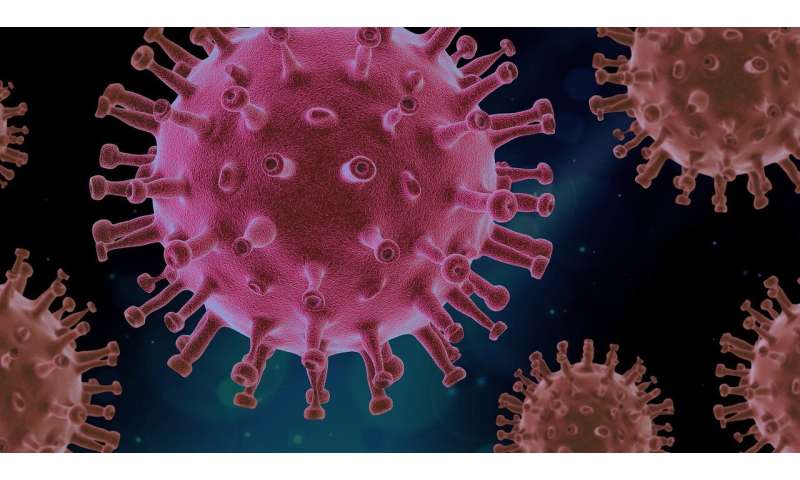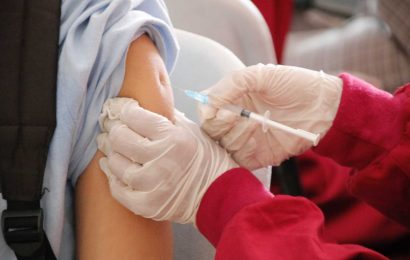
Research is identifying the regions where working adults are more likely to burn out during the COVID-19 crisis: The key is the distance to the epicenter—but not how you might imagine.
The results have revealed that those who were the closest to the epicenter of the Coronavirus crisis were not the most burned out during the pandemic.
Researchers from the University of Adelaide, the Southwestern University of Finance and Economics, and Tongji University, surveyed 308 working adults in 53 cities across China, at varying distances from the epicenter of the outbreak in Wuhan.
The researchers used individuals’ locations to calculate their distance to the epicenter. This location to the epicenter was found to predict burnout after one month of the COVID-19 outbreak. Burnout refers to an emotional, physical, and mental exhaustion due to excessive and prolonged stress of being overwhelmed, emotionally drained, and incapable of meeting constant demands.
Led by Dr. Stephen Zhang from the University of Adelaide, the study, published in Psychiatry Research, shows that working adults’ distance to the epicenter had an inverted “U-shaped’ relationship with burnout.
“This finding differs from previous studies that found a crisis spurred either a ‘ripple effect’ or ‘typhoon eye effect’ from its center,” Stephen said.
“Early on, researchers thought mental health issues followed a ‘ripple effect,” where the impact of a crisis spreads in a circle and gradually declines. However, recent research found the ‘typhoon eye effect,” where the area around the crisis is relatively calm, akin to the center of a typhoon, but impacts are felt further away.
“The inverted U-shaped relationship we found during the COVID-19 crisis suggests both effects in play, where typhoon eye effect is dominating in regions close to the epicenter and ripple effect is dominating in regions further away.”
Stephen says the results will help mental health services to identify regions where people will need more assistance, carrying direct implications to healthcare practitioners and policymakers.
Stephen also cautions that the results suggest the geographical distribution of the mental health situation to be more complex than previously thought. As such, he is calling for future research to use the distance to the epicenter to predict a range of mental health outcomes in various contexts.
The research builds on earlier findings from the first study on the health conditions of adults one month into COVID-19 lockdown. This found that those in locations more affected by COVID-19, and those who did not work during the outbreak, were worse in mental and physical health, distress and life satisfaction.
Source: Read Full Article


